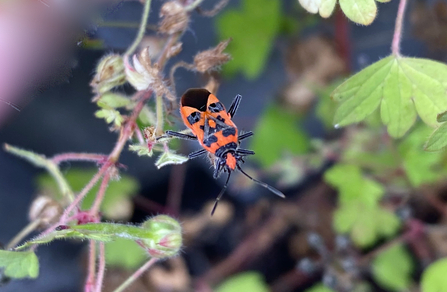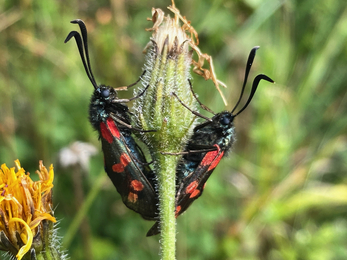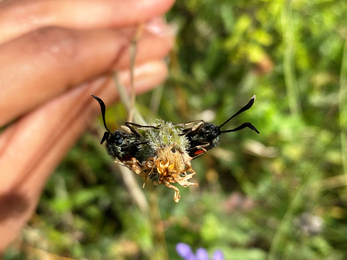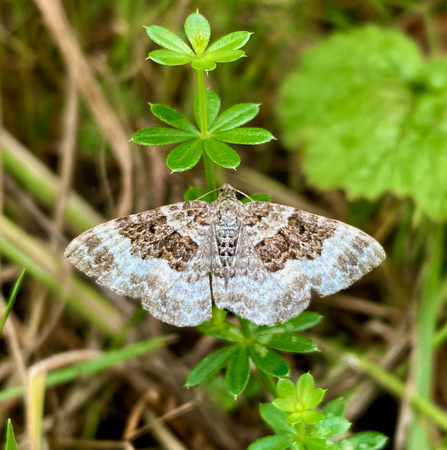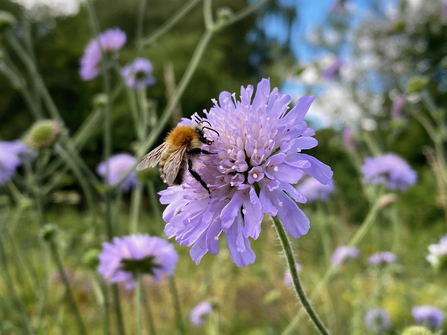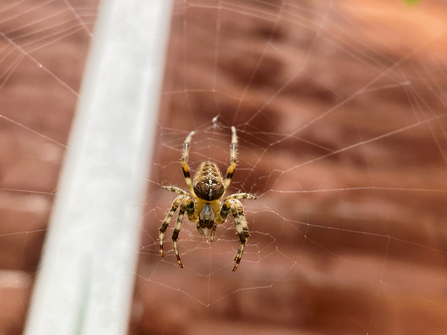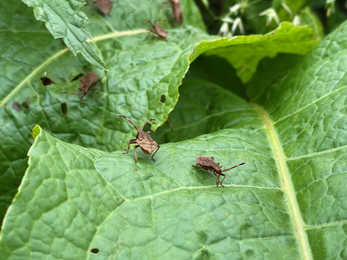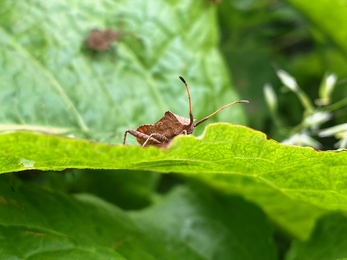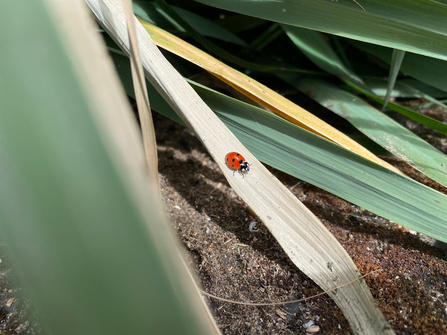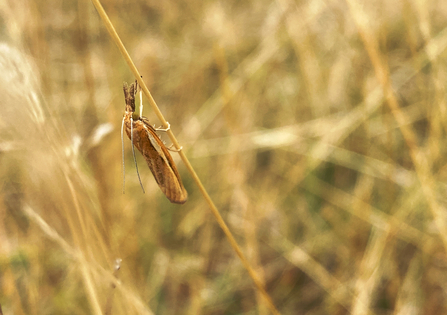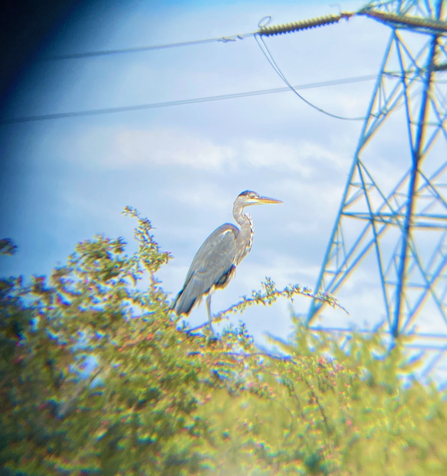1. Be prepared
There are three essential things I always grab before going out nowadays; a camera, suitable clothing and a battery pack/charger. Comfort, convenience and cost-effectiveness are crucial for my enjoyment of photography and also reinforces the fact that you don’t need fancy equipment to take beautiful photos!
Camera- I use my phone because it’s small, fits nicely in my hands and I can whip it out without it being too cumbersome. Choose the equipment you’re familiar with if you want to hit the ground running, otherwise be prepared to spend some time playing around with your chosen equipment beforehand.
Battery pack- Essential whether you use your phone or a digital camera, running out of battery is avoidable, just remember to charge the battery pack and don’t forget the cable either!
Clothing- Choose something comfortable and weather appropriate. I lean towards non-crinkly clothing, more so I don’t alarm myself rather than my subjects.

